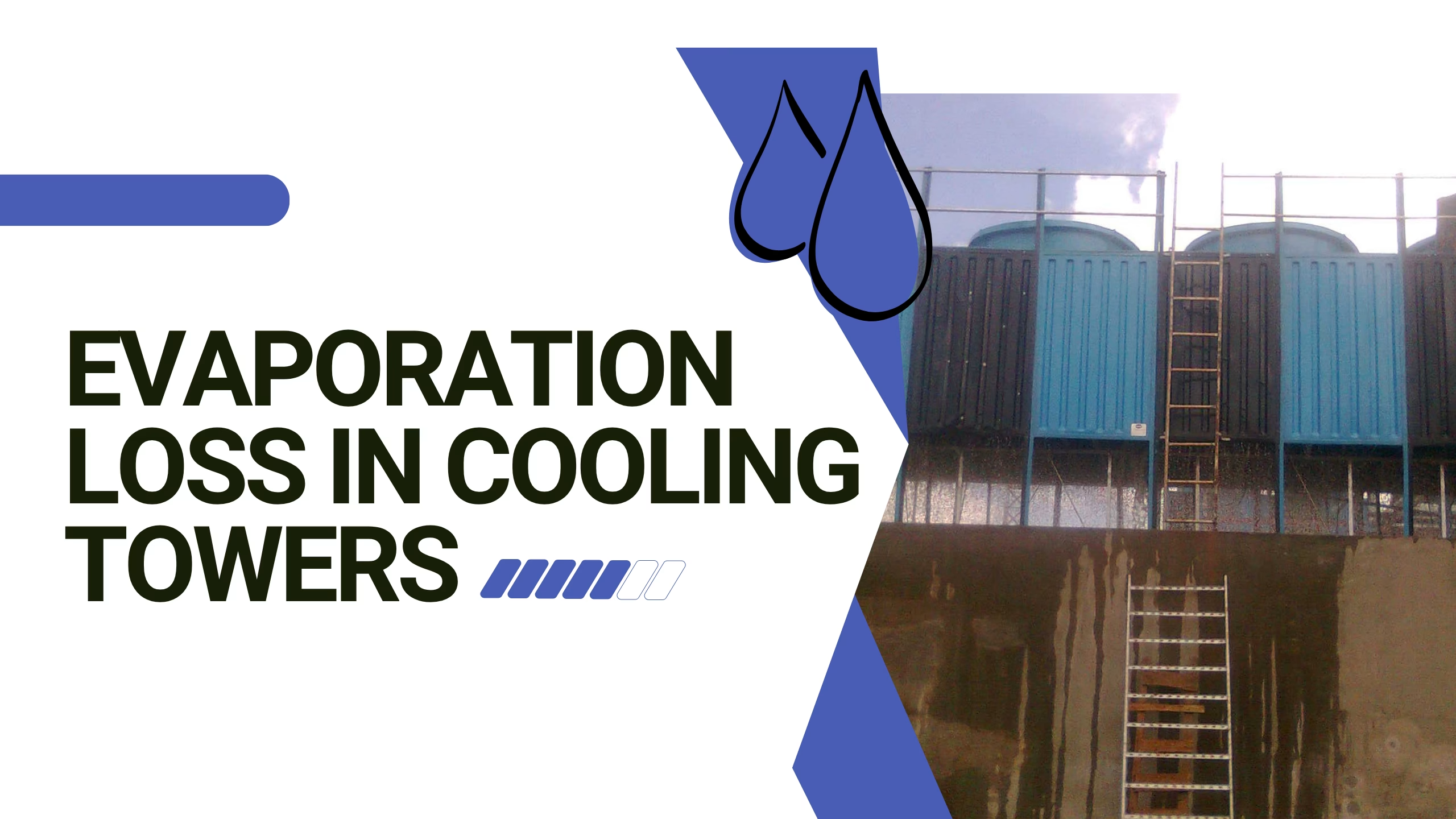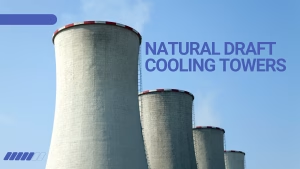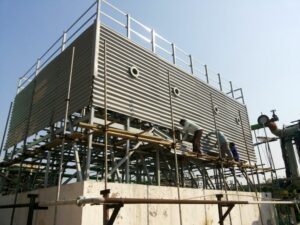Introduction
Cooling towers are essential to industrial processes but are also one of the largest consumers of water in commercial operations. A major portion of this consumption is due to evaporation loss, which is an unavoidable part of the cooling process. However, with proper strategies, water usage can be optimized without compromising performance.
At Cooltech Engineers, we believe sustainability and efficiency go hand-in-hand. Here are five effective ways to save water in cooling towers and manage evaporation loss better.
5 Ways to Conserve Water in a Cooling Tower
1. Optimize Cycles of Concentration (CoC)
Increasing the cycles of concentration allows your system to reuse water more times before discharging it. This directly reduces blowdown and makeup water requirements. With water treatment support, most systems can handle higher CoC without scale or corrosion risks.
2. Use Automated Blowdown Control Systems
Manual blowdown often leads to unnecessary water loss. Install automated conductivity controllers to trigger blowdown only when necessary, based on water quality. This ensures better control and avoids over-bleeding water from the system.
3. Install High-Efficiency Drift Eliminators
Drift is the water carried away with the air stream. Installing high-performance drift eliminators helps minimize this loss and ensures that more water stays within the system, especially in areas with tight environmental regulations.
4. Invest in Water Filtration or Pre-Treatment Systems
Cleaner water allows for higher CoC, fewer blowdowns, and reduced maintenance. Advanced filtration systems remove suspended solids and bio-contaminants, leading to lower water waste and better thermal performance.
5. Monitor and Fix Leaks Promptly
Even small, unnoticed leaks in piping, valves, or the basin can lead to significant water loss over time. Regularly inspect your cooling tower system for leaks and fix them promptly to prevent unnecessary water consumption and operational inefficiencies.
How to Calculate Water Loss in a Cooling Tower?
Understanding different types of water loss is essential to sizing your cooling tower and calculating accurate makeup water needs. Here’s a simplified breakdown:
1. Drift Loss
Drift (or windage) is water lost as mist blown out of the tower. It depends on the type of tower and efficiency of drift eliminators:
- Natural Draft Tower: 0.3% to 1.0% of circulating water (C)
- Induced Draft Tower: 0.1% to 0.2% of C
- With High-Efficiency Eliminators: 0.0005% to 0.001% of C
2. Evaporation Loss
Evaporation is the primary source of water loss as heat is removed from the system.
Formula:
Evaporation loss = 0.00085 × Wc × (T₁ – T₂)
Where:
- Wc = Circulating water flow rate
- T₁ – T₂ = Temperature drop across the tower (in °F)
Alternate formula (metric):
Evaporation loss = C × Cp × (Ti – To) / λ
- C = Circulating water (m³/hr)
- Cp = Specific heat (1 kcal/kg°C)
- λ = Latent heat of vaporization (540 kcal/kg)
Quick Estimate:
For every 10°F (or 5.5°C) of cooling, expect ~1% water mass loss by evaporation.
3. Blowdown Loss
Blowdown removes a portion of concentrated circulating water to control dissolved solids and avoid scale/corrosion.
Formula:
Blowdown = [Evaporation – (COC – 1) × Drift] / (COC – 1)
Where COC = Cycle of Concentration
4. Total Makeup Water Requirement
To calculate total water needed to maintain system balance:
Makeup Water (M) = Drift (D) + Evaporation (E) + Blowdown (B)
Conclusion: Schedule Regular Maintenance to Save Water
Beyond technology, routine cooling tower maintenance is crucial to water conservation. Scale buildup, clogged nozzles, or leaking valves can silently increase water loss over time.
✅ At Cooltech Engineers, we recommend scheduling preventive maintenance at least once every quarter to inspect system efficiency, water treatment, and mechanical health.
Contact us to book a cooling tower maintenance check today.





